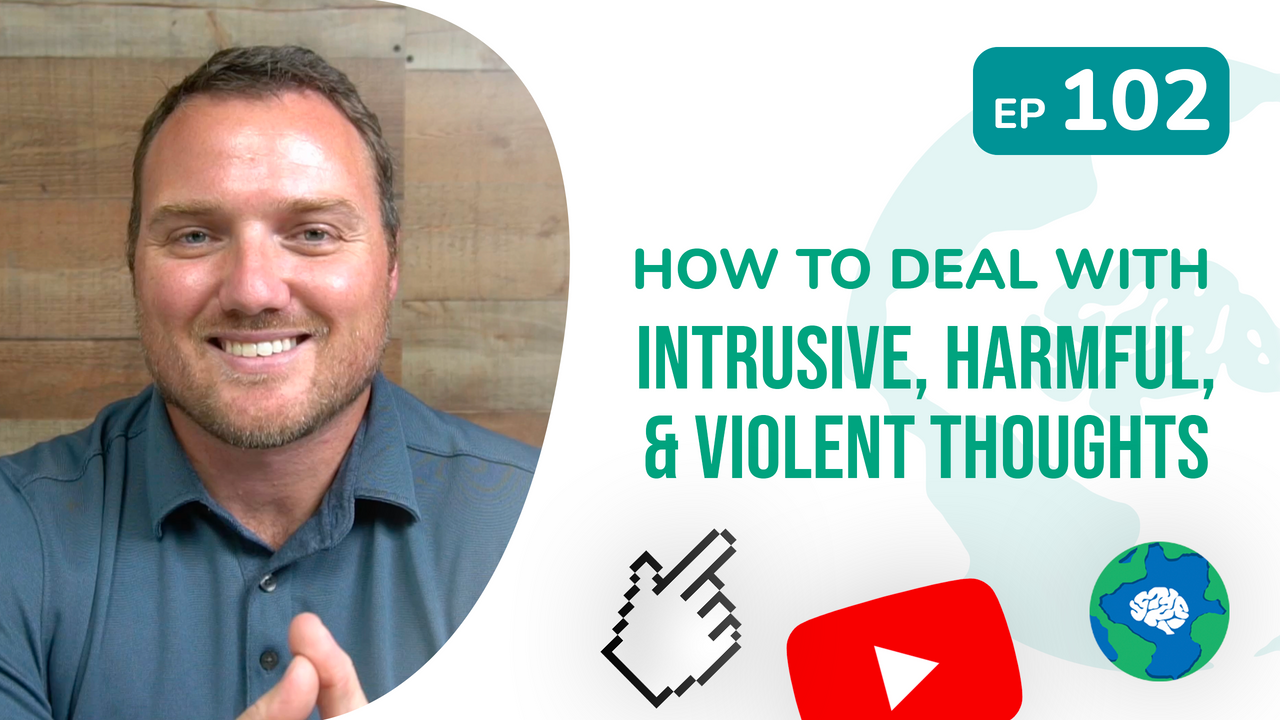How To deal with Intrusive Harmful and Violent Thoughts
Jul 22, 2021
How to Deal with Intrusive Harmful and Violent Thoughts
Understanding Intrusive Thoughts
What are Intrusive Thoughts?
Intrusive thoughts are unwanted and involuntary thoughts that can be distressing and unsettling. These can include violent thoughts towards family members or loved ones. It’s important to recognize that intrusive thoughts are common and a natural part of experiencing anxiety and obsessive-compulsive disorder (OCD).
Case Study: A Mother and Her Intrusive Thoughts
In one instance, we worked with a mother who was experiencing violent intrusive thoughts about her infant child. Like many others, she was consumed with guilt and shame, making it difficult to share her feelings. When she finally did, a weight was lifted off her shoulders as she realized she was not alone. Understanding that intrusive thoughts are a common symptom of OCD and anxiety significantly helped her begin her journey to recovery.
Key Steps to Manage Intrusive Thoughts
1. Recognizing Intrusive Thoughts as Ego-Dystonic
Ego-dystonic thoughts are those that are opposite to what you genuinely desire or believe. For instance, the mother’s thoughts were the last thing she would ever want to act upon, which is common among those experiencing intrusive thoughts. Recognizing this can help mitigate the distress they cause.
2. Cognitive Diffusion and Meditation
One of the critical strategies is to separate yourself from your thoughts. Cognitive diffusion helps you observe your thoughts without identifying with them. Meditation is a powerful tool for practicing this detachment, allowing you to experience thoughts without the need to eliminate them.
3. Challenging and Changing Belief Structures
Often, the distress caused by intrusive thoughts is less about the thoughts themselves and more about the stories and beliefs behind them. For example, believing that "a good mother shouldn’t have violent thoughts" can amplify anxiety. Challenging these belief structures is crucial for recovery.
4. Exposure and Response Prevention (ERP)
ERP involves exposing yourself to the thoughts while refraining from engaging in compulsive behaviors that reinforce them. For instance, if you have a thought about harming a loved one, avoid performing safety behaviors like keeping sharp objects away. Instead, demonstrate through your actions that these thoughts don’t control your behavior.
5. Eliminating Compulsive Behaviors
Identify and eliminate both physical and mental compulsive behaviors. Ruminating, analyzing, seeking reassurance, thought blocking, and avoidance are all behaviors that perpetuate the cycle of intrusive thoughts. Reducing these behaviors can significantly disrupt the loop and facilitate better management of intrusive thoughts.


